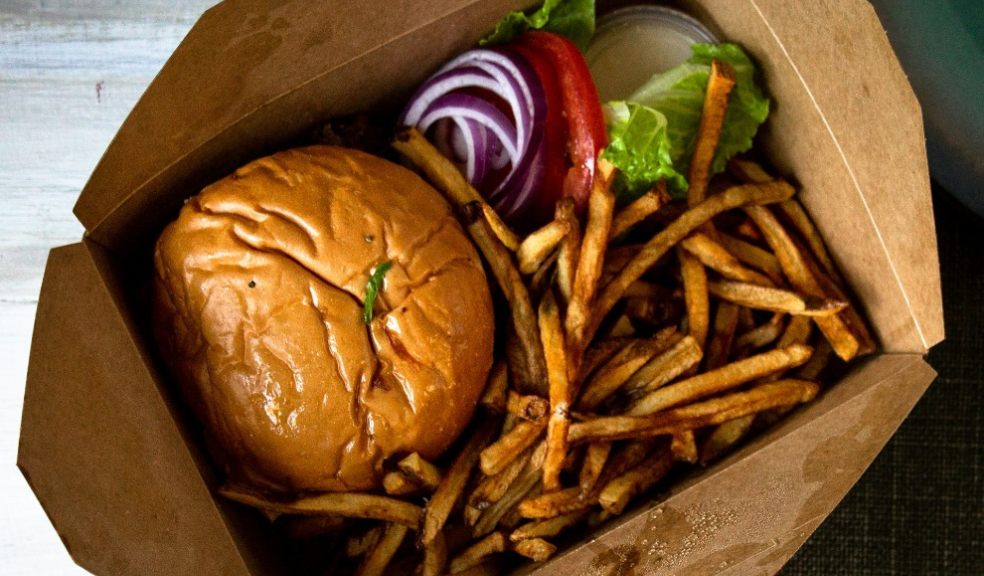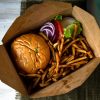
Typical packaging in fast food chains
Working at a fast food chain can include the tasks of restocking the packaging. As each packaging type is designed for specific purposes:
- food preservation,
- presentation,
- сonvenience,
- compliance with environmental regulations.
The choice of materials is often influenced by sustainability goals, customer expectations and legal requirements. The most common of them are:
Paper and cardboard packaging
Paper-based packaging is commonly used for items such as burger wraps, sandwich sleeves and paper bags. Cardboard, often with a grease-resistant coating, is used for boxes such as those for burgers, fries, and pizzas https://univest-pack.com/solutions-for/food-packaging-for-fastfood/. Many UK fast food chains now use recycled or FSC-certified paper and cardboard to reduce their environmental impact. The lightweight nature of paper products and the ease with which they can be printed also make them suitable for branding.
Compostable and biodegradable packaging
Packaging made from compostable, plant-based materials such as polylactic acid (PLA), which is derived from corn starch, is becoming more prevalent. Examples include cold drink cups, cutlery and some takeaway containers. Bagasse, a by-product of sugarcane processing, is commonly used for clamshell boxes and trays. These materials appeal to environmentally conscious consumers and comply with initiatives to reduce landfill waste.
Foil Packaging
Aluminium foil and foil-lined paper are commonly used for wrapping items such as kebabs, burritos and breakfast wraps. Foil offers excellent heat retention and protection against moisture loss. Although aluminium is highly recyclable, it must be free of food residue to be recycled effectively, which can be challenging in fast food operations.
Reusable Packaging
In response to waste reduction targets, some fast food chains are trialling schemes involving reusable containers. Customers pay a deposit for a durable cup or food container, which they can return for cleaning and reuse. Such initiatives are often supported by partnerships with circular economy service providers.
Plastic Containers
Although the use of single-use plastics is becoming increasingly restricted in the UK, certain items, such as salad bowls, dessert cups and sauce containers, may still be made from transparent PET or PP plastics. These materials are valued for their transparency and durability. However, in line with the UK Plastic Packaging Tax and upcoming bans on specific items, chains are moving towards recyclable or recycled plastics, and in some cases, biodegradable alternatives.
Specialised Insulated Packaging
Hot drink cups with corrugated cardboard sleeves, thermal pouches for deliveries and insulated pizza bags are used to keep food at the correct temperature during takeaway or delivery. While these products may combine multiple materials, which can present challenges for recyclability, they enhance customer satisfaction by retaining product quality.
Glass Bottles
Even though they are not commonplace in regular fast food outlets, certain high-end or exclusive beverages are available in glass bottles. Glass is an inert, fully recyclable material that gives a premium feel. However, its weight and fragility limit its use in fast-paced service environments.

















